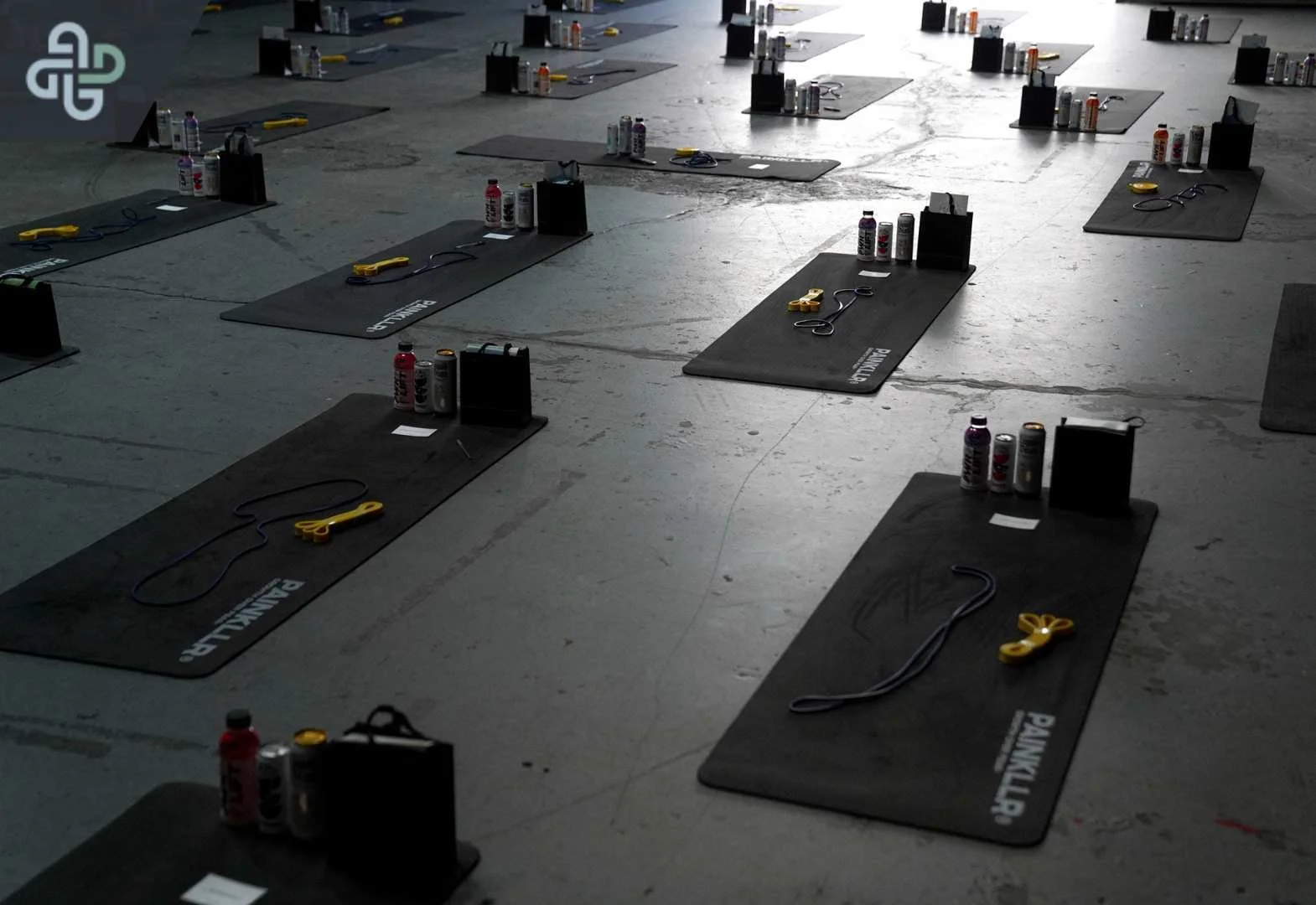How to Host a Meditation Session
You don’t need to be an expert to guide a meditation session. All you need is a little preparation and a genuine intention to create space for others to pause and reconnect. If you're thinking about leading a group at work, with friends, or at a wellness event, hosting a session can be simpler than you think and incredibly meaningful.
In this guide, we’ll walk through everything you need to know to host a meditation session with confidence, care, and clarity. From setting the tone to choosing the right technique, these steps are drawn from real experience here at The DEN Meditation, where holding space is part of what we do every day.
Start with a Clear Intention
Before anything else, think about why you're leading this session. Is it to help people relax after a long day? To introduce beginners to meditation? To support a team dealing with stress?
Your intention will shape everything, from the structure of the session to the type of meditation you lead. At The DEN, we always start by asking: What do people need from this experience? The answer guides how we hold the space.
If stress reduction is your goal, meditation can make a powerful difference. We’ve seen firsthand how meditation reduces workplace stress and helps teams find focus and calm in the middle of busy days.
Set Up a Comfortable Space
Your environment doesn’t need to be fancy, but it should feel calm and inviting. Here’s what to keep in mind:
Quiet: Pick a location with minimal distractions.
Comfort: Offer cushions, mats, or chairs so everyone can sit comfortably.
Lighting: Soft lighting helps people settle.
Optional touches: A bit of calming music or a subtle scent like lavender can enhance the atmosphere.
We keep our setups simple at The DEN, focusing on warmth and accessibility.
Plan the Structure of Your Session
Having a basic outline will help you lead smoothly and keep everyone at ease. Here's a structure you can follow:
1. Welcome and Grounding
Start by welcoming everyone and briefly sharing what the session is about. This helps set the tone and lets people know what to expect. Invite them to get comfortable and take a few deep breaths together to arrive.
2. Guided Meditation
Choose a style based on your intention and your audience. Some popular options include:
Breath awareness: Great for focus and stress relief.
Body scan: Useful for relaxation.
Loving-kindness: Helps open the heart.
Visualization: Supports creativity and grounding.
These techniques are explored in detail in our blog on how to choose the right meditation technique, which can help you feel more confident when guiding others.
Keep your guidance simple and steady. Let your voice be clear and natural. Pause often to give people space to experience the practice.
3. Closing
Gently bring everyone back with a few slow breaths or small movements. Share a closing thought or simply thank them for being present. If it feels right, invite people to share how they feel, but never pressure anyone to speak.
Tips for Leading with Confidence
You don’t need to sound like a spiritual teacher. Just be yourself. That’s what makes your presence grounding.
Speak slowly and clearly
Use simple language
Pause often
Be okay with silence
Trust your presence
At The DEN, we train our facilitators to guide from their own experience. If you have a regular practice, you already have what you need to start holding space.
If You Feel Nervous, That’s Normal
Almost everyone feels nervous before leading their first session. Even experienced facilitators have off days. Focus on your intention, not on getting it perfect. The energy you bring matters more than the words you use.
If something unexpected happens, someone gets emotional, fidgets, or even falls asleep, stay calm. Just hold space. A quiet, grounded presence is often more powerful than any script.
Real-Life Moments from The DEN
One of our facilitators once led a workplace session for a group that had never meditated before. At the start, people were restless and unsure. But by the end of the session, the room had shifted. Faces softened. Energy settled. One participant said, "That’s the first time I stopped thinking all day."
These are the moments that remind us why holding space matters.
Helpful Resources
Want to explore more or deepen your skills? Here are some next steps:
Join a live class
Explore on-demand meditations
Attend a DEN retreat
Enroll in DEN Virtual Trainings to learn how to lead with confidence
Final Thought
You don’t need to be perfect to lead. You just need to show up with presence and care. A good meditation session isn’t about flawless delivery. It’s about making space for people to slow down and reconnect, and trusting that something meaningful will happen in the quiet.
If you're ready to start holding space for others, even in a small way, know that you’re already doing something powerful. And if you ever want guidance, support, or community, The DEN is here for you.




